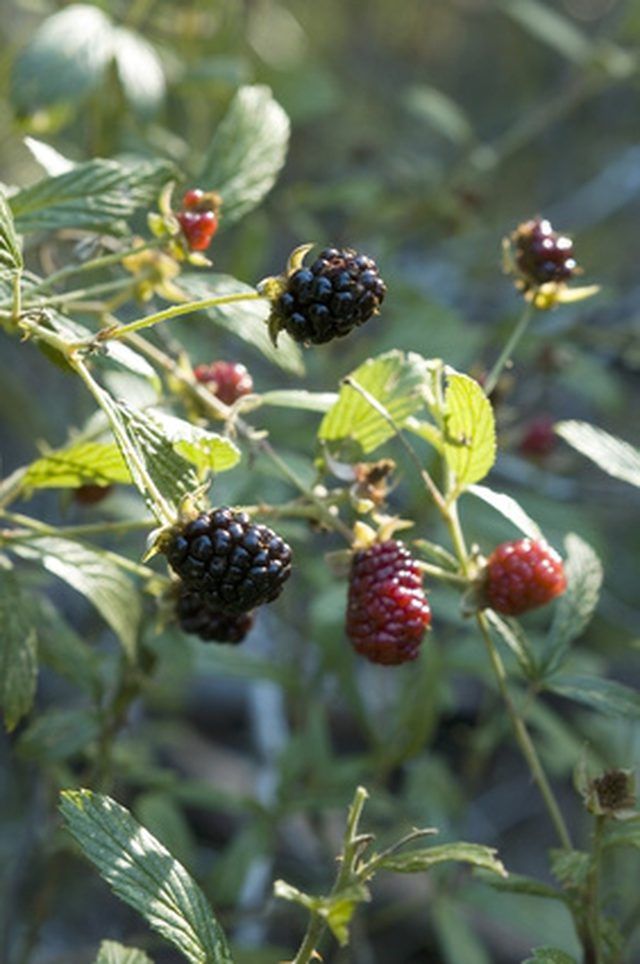Bulbs
Flower Basics
Flower Beds & Specialty Gardens
Flower Garden
Garden Furniture
Garden Gnomes
Garden Seeds
Garden Sheds
Garden Statues
Garden Tools & Supplies
Gardening Basics
Green & Organic
Groundcovers & Vines
Growing Annuals
Growing Basil
Growing Beans
Growing Berries
Growing Blueberries
Growing Cactus
Growing Corn
Growing Cotton
Growing Edibles
Growing Flowers
Growing Garlic
Growing Grapes
Growing Grass
Growing Herbs
Growing Jasmine
Growing Mint
Growing Mushrooms
Orchids
Growing Peanuts
Growing Perennials
Growing Plants
Growing Rosemary
Growing Roses
Growing Strawberries
Growing Sunflowers
Growing Thyme
Growing Tomatoes
Growing Tulips
Growing Vegetables
Herb Basics
Herb Garden
Indoor Growing
Landscaping Basics
Landscaping Patios
Landscaping Plants
Landscaping Shrubs
Landscaping Trees
Landscaping Walks & Pathways
Lawn Basics
Lawn Maintenance
Lawn Mowers
Lawn Ornaments
Lawn Planting
Lawn Tools
Outdoor Growing
Overall Landscape Planning
Pests, Weeds & Problems
Plant Basics
Rock Garden
Rose Garden
Shrubs
Soil
Specialty Gardens
Trees
Vegetable Garden
Yard Maintenance
How to Protect Thornless Blackberries During Winter
How to Protect Thornless Blackberries During Winter. If you've ever been pricked by a thorny plant, you can understand why many gardeners like thornless blackberries, even though you have go to the trouble of trellising them if they are of the trailing variety, which many are. Unfortunately, trailing blackberries are less winter hardy than their...

If you've ever been pricked by a thorny plant, you can understand why many gardeners like thornless blackberries, even though you have go to the trouble of trellising them if they are of the trailing variety, which many are. Unfortunately, trailing blackberries are less winter hardy than their upright cousins, and because blackberries do best in full sun, chances are that you have planted them where there is little protection from winter winds. All of this means that you will have to take action to ensure they survive the cold of winter.
Things You'll Need
Pruning shears
Mulch
Untie the canes of the thornless blackberry, if you have tied them to a trellis.
Cut back the canes that bore fruit this year (the floricanes), but leave the new canes that did not bear fruit (the primocanes). The floricanes should be cut back all the way to the crown of the plant.
Pull out the cut floricanes and dispose of them.
Cut back all but six to 12 of the strongest primocanes, according to Oregon State University Extension Service. The weak primocanes should also be cut back to the crown.
Lay the remaining, intact primocanes on the ground, which should be easy, given that trailing on the ground is their natural habit. Take care not to press the canes down at the crown. They will want to arch up a bit.
Mulch with any organic mulch or mix of mulches, including leaves, pine needles, straw, peat moss, bark and compost. The canes should be covered with at least 2.5 inches of mulch. If you live where the winters are harsh, you can use more mulch, but according to Ohio State University Extension, keep the mulch at the base of the canes at a height of 2.5 inches to prevent rodents from chewing on the canes during the winter.
Tips & Warnings
Because micro-climates vary, ask other gardeners or garden center staff in your area how heavily they mulch for winter and whether they have trouble with rodents chewing on the plants over the winter. If they mulch more heavily without damage from rodents, you should probably do the same.